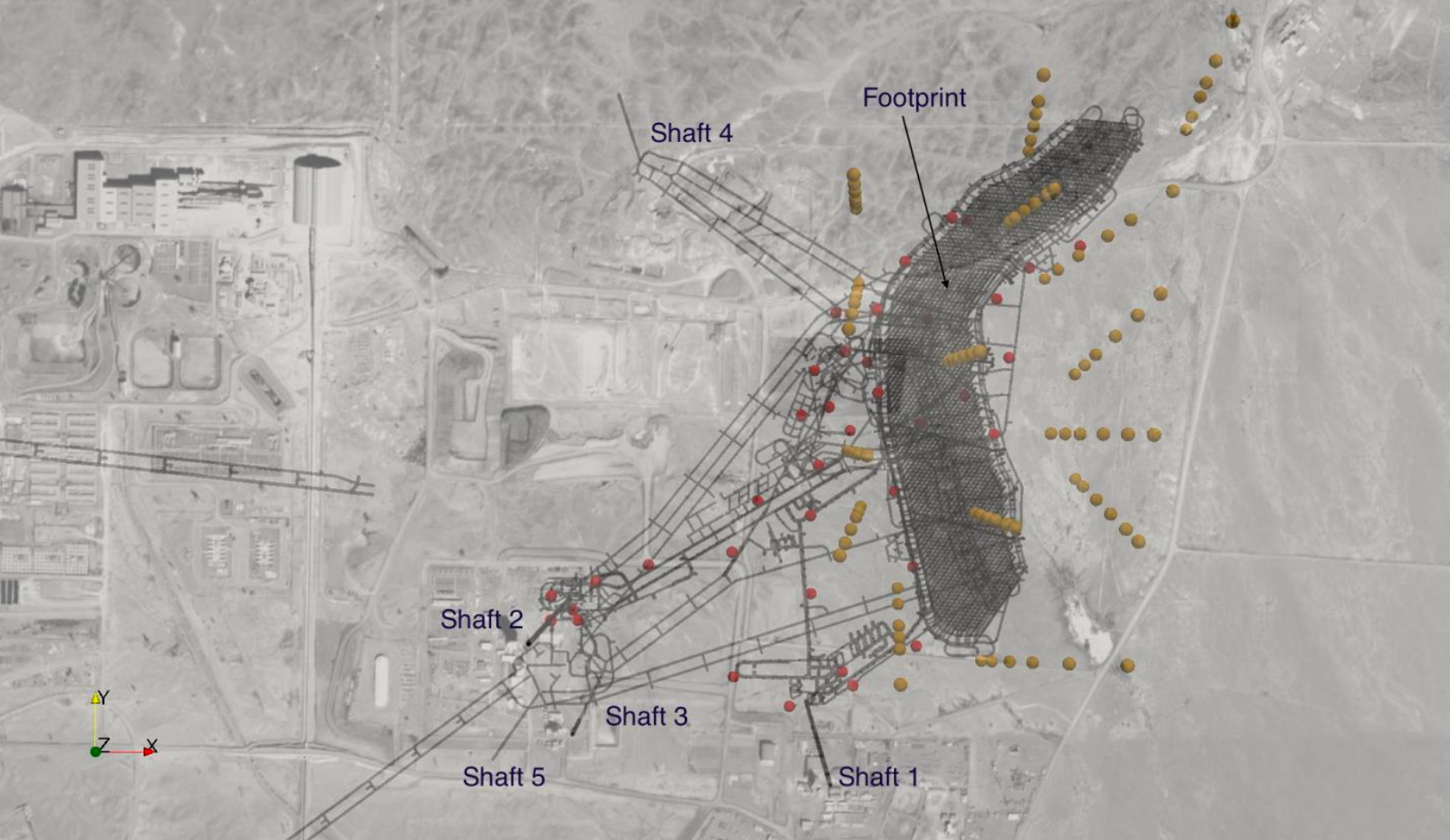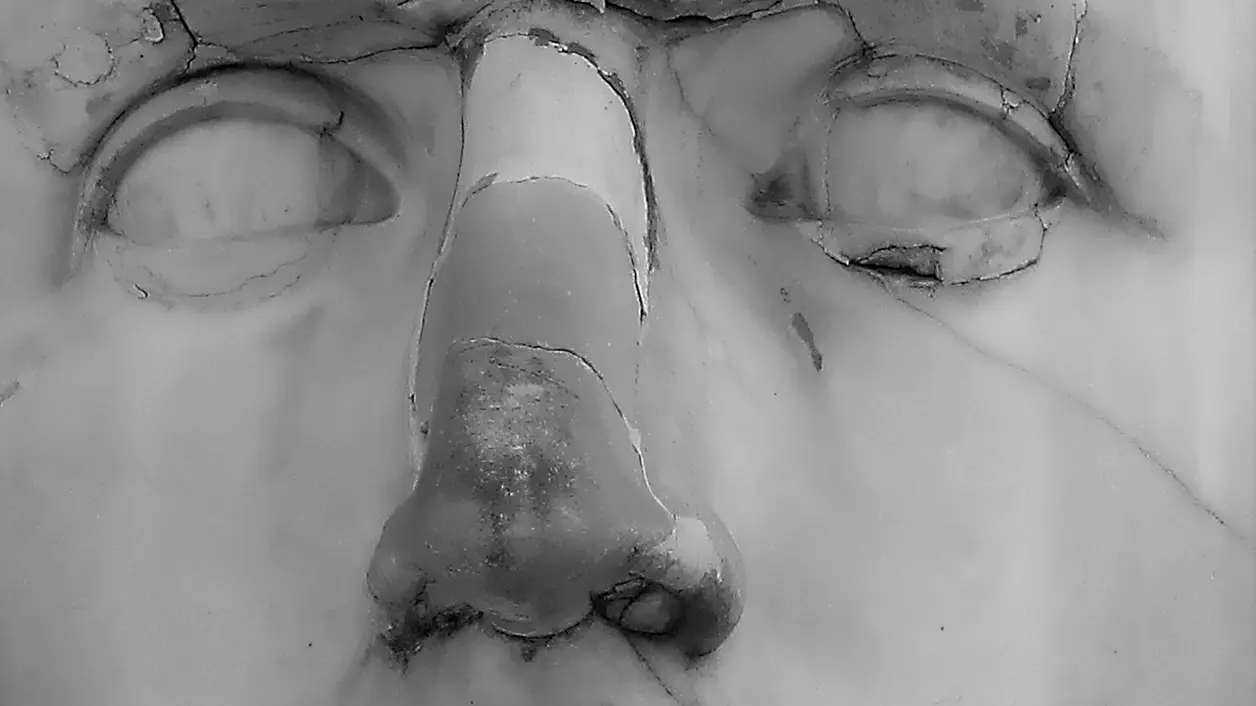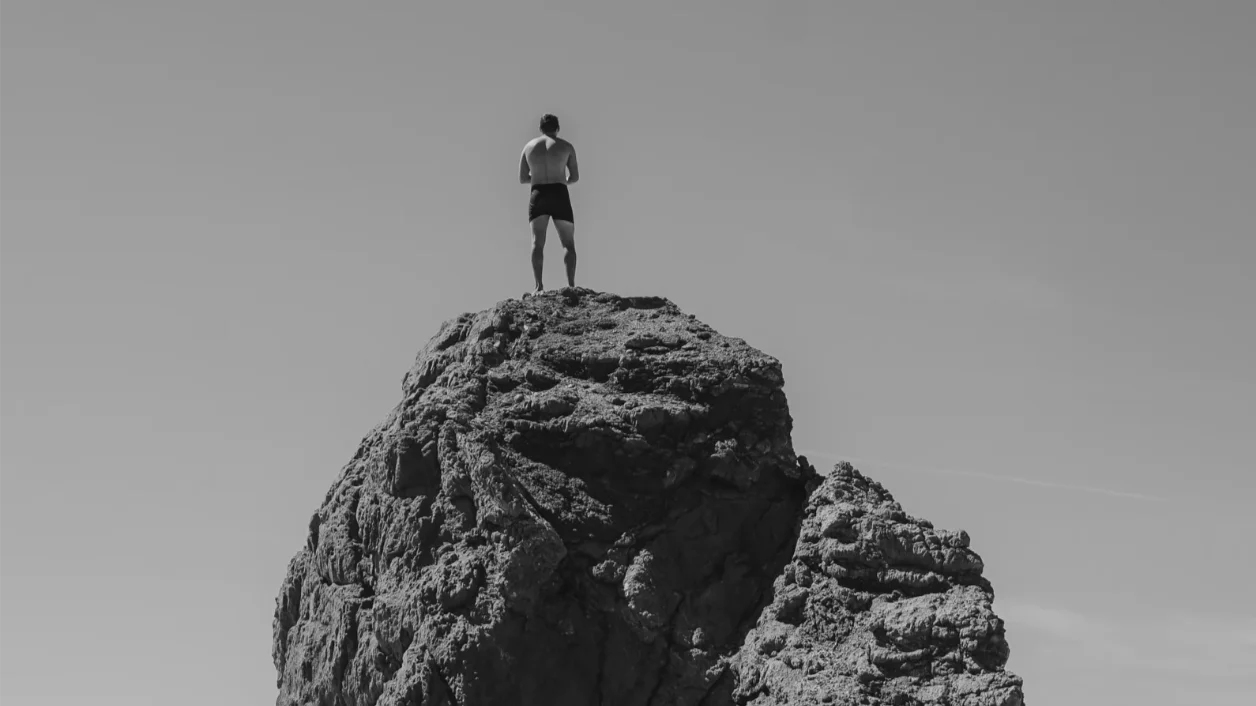From his early days in telecommunications to achieving a Ph.D. in Seismology, J.P. has cemented himself as a seismic system maestro, pivotal to monumental projects like the Rio Tinto Oyu Tolgoi mine.
“The ambition behind the seismic system was unparalleled,” J.P. reflects. “I wasn’t just professionally invested; it was personal.” His reminiscence of Oyu Tolgoi’s beginnings as a modest open pit, which has now morphed into a vast underground network, underscores the journey of one of the world’s leading copper mines.
In today’s digital age, ‘safety’ often brings to mind cyber protections or smart, AI-driven solutions. However, for the miners in Oyu Tolgoi, safety resonates in the real-time data from J.P.’s seismic system. Beyond the hardware, the system thrives on sophisticated software that leverages cutting-edge algorithms and machine learning. This software translates intricate seismic data into clear, actionable insights, acting as a vigilant guardian for underground workers. To achieve this, J.P. turned to Worky, renowned for their unparalleled access to the world’s premier coding talent.
Together, the synergy between Dr. Mercier and Worky exemplifies the astounding outcomes possible when cutting-edge tech and industry expertise converge, painting a vivid picture of the limitless horizons where tech meets terra.
Now, for the tech enthusiasts: what is the connection between Steve Jobs and a mine in Mongolia? The link is Robert Friedland, a mining visionary who crossed paths with Jobs during their Reed College days. A brief stint at Friedland’s apple orchard commune is believed to have influenced the naming of Apple Inc, then Apple Computer Company. It’s these unexpected intersections of tech and industry that add a sprinkle of intrigue to our global narrative.
Whatever I Stumble Upon
When most of us conjure an image of safety these days, it’s very likely an image of hardworking people with sensible haircuts working through the night to thwart evil servers full of disruptive bots, or an all night hackathon of the black hat variety.
The optimists among us would imagine more efficient cities with an infrastructure derived from carbon neutral materials and running on distributed solar and wind farms, with AI optimized traffic patterns. All things that will eventually improve life here on Earth.
You may lose your life savings, your proverbial shirt, with the next sensation in crypto or fintech, but you will live to invest another day. It’s a whole other proposition when there are lives at stake.
Solving complex technical challenges, coding security features that account for real world problems, and building in the types of redundancies, counter measures and backup systems that secure all of our money and data is important. But it requires a very different individual than the one who takes on the kind of responsibility that J.P. Mercier embodied when he first began exploring the world of mining.
A Little History about the Oyu Tolgoi Project
“The history of Oyu Tolgoi is fascinating and while reading the Biography of Steve Job, I discovered that there was a link.”
As JP says there is indeed a link. To a tech enthusiast, the name Steve Jobs evokes images of sleek devices and revolutionary software. Yet, a lesser-known chapter in Jobs’ life ties him to one of the world’s largest copper-gold deposits: Oyu Tolgoi in Mongolia. The link is in fact Robert Friedland, a visionary entrepreneur who led the discovery of this vast mineral treasure. Both Jobs and Friedland attended Reed College, and it was during this period that Jobs spent time at Friedland’s apple orchard commune — an experience that inspired the naming of ‘Apple.’
Delving into the Oyu Tolgoi saga, after Mongolia transitioned to a market economy in the early 1990s, it beckoned foreign explorers with its untapped geological promise. Friedland’s company, Ivanhoe Mines, struck gold, so to speak, with the Oyu Tolgoi discovery in 2001. The enormity of this find attracted mining giant Rio Tinto in 2006, infusing the project with capital and technical prowess. By 2013, the open-pit phase began producing, with the subsequent underground development promising even greater yields. This tale of minerals and microchips serves as a testament to the unexpected intersections of global industries and innovators.
Copper demand is generally driven by large industries, from the motors and transformers that power industrial equipment to circuit boards and semiconductors to basic plumbing and roofing parts. The demand has grown steadily in recent years and is expected to grow significantly more in the future to meet the demand of the energy transition.
Mining the copper is, however, becoming increasingly challenging. “The easy high grade, near surface stuff is pretty much all mined. Copper has now to be mined from underground”. To make mining of copper economically viable, mining companies have to resort to mass mining methods like block caving. “The scale of underground block caving mines like Oyu Tolgoi underground mine is mind blowing” says Dr. Mercier. “Today the largest block caving caving mines extend over hundred of meters laterally and vertically”
The System
The Oyu Tolgoi mine underground expansion project was a large ambitious project and so was the geotechnical monitoring system. “Our project was pushing the envelope and it required multiple innovations from our suppliers. We needed customized sensors specially designed to be installed in km long boreholes, robust and distributed data acquisition and communication systems”. JP’s team also needed custom software to process and manage the vast amount of data our systems were collecting. AI was even part of this technological mix.
The systems and the data collected by the systems are crucial to keep the workers safe underground. They provide real time information on what is happening in the rock.
“The data we collect enables the ground control engineers to see what is happening in the rock all around the mine and take action if necessary to ensure safe working conditions down there.”
To build a software system up the the high quality standard the application demanded, JP turned to the team at Worky to discuss everything from core skill sets to culture and experience. With hundreds of key elements and requirements firmly in place, we collaboratively hired an agile team of the world’s most sophisticated engineering and coding talent. We delivered the team for J.P. and they delivered the project. On time and on budget.
What does this all mean?
So many engineers and technical specialists – product pros, developers, coders, and so on – are too focused on building the next great consumer app, fintech unicorn, et cetera. It’s good work, and certainly somebody has to do it. That said, hearing from specialists like J.P. Mercier is a healthy reminder to broaden the scope, to open the aperture of what is possible and where your coding skills can take you. These are valuable skills wherever they are applied and the personal satisfaction that comes from applying them in unexpected ways might sincerely exceed the gratification that comes from working on the next PetStar (nothing against PetStar of course).
Being cautious and highly discerning, you might not jump in with both feet, but maybe you can take on a consulting project or two, like J.P. did early on in his career. Maybe it’s worth exploring more traditional industries where you are part of an elite team. For example, a lot of highly regulated industries that have fallen behind the times, like healthcare and finance, are quickly trying to catch up on user experience in order entice younger and more tech savvy users. For highly skilled developers looking for a change, and perhaps a new direction, think different. You never know where it could take you.
Before you go too deep into the same crowded spaces inhabited by your colleagues, it’s worth thinking about a stint in consulting. Saving lives in the mining industry might not be your calling but it is a strong example of how one can start to build a resume that is not so easily replaceable. And it might very well be the quickest path to a better title and higher compensation.




